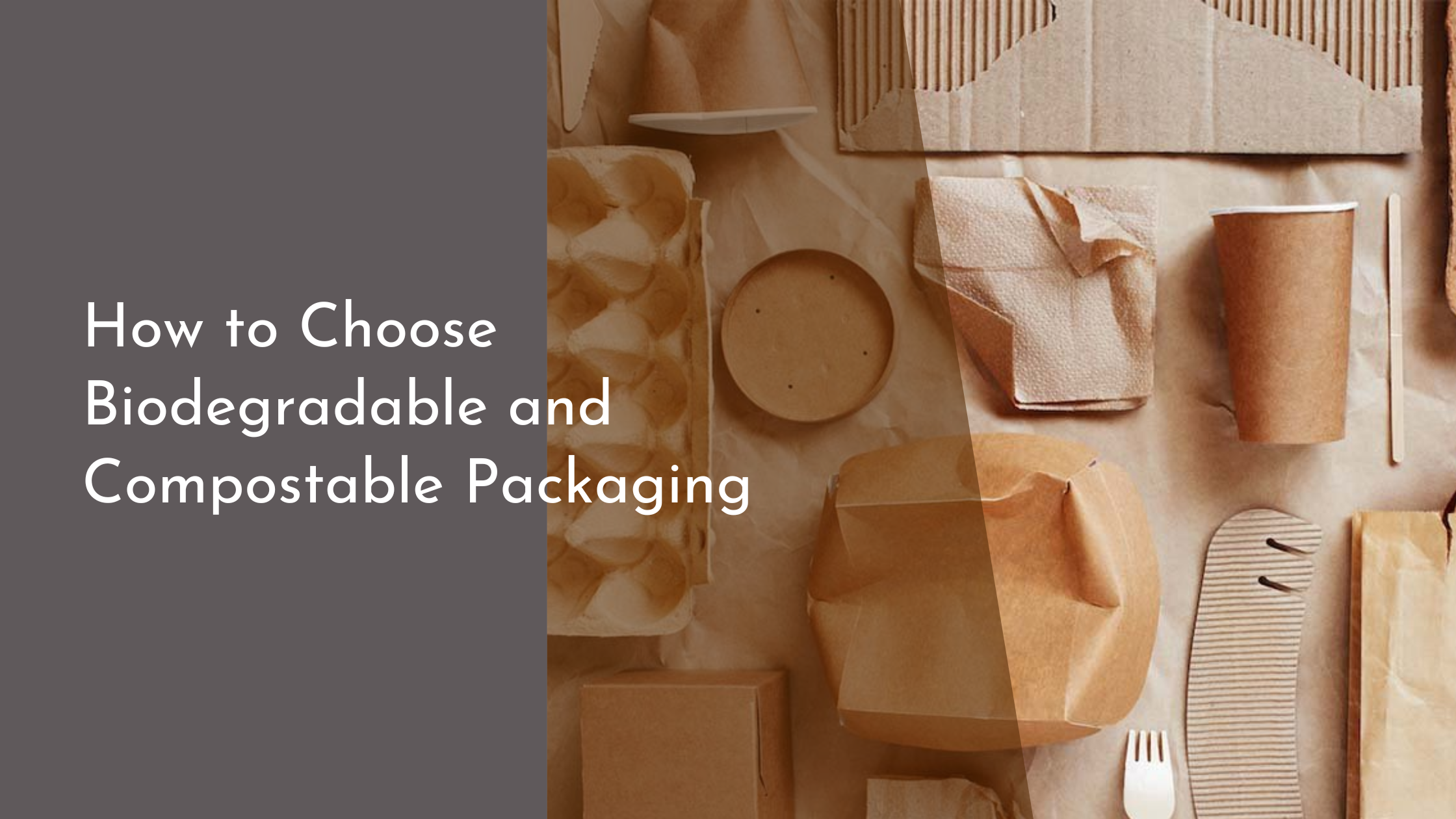How to Choose Biodegradable and Compostable Packaging
In recent years, the emphasis on sustainability has skyrocketed, leading many businesses and consumers to seek eco-friendly alternatives in all aspects of life, especially regarding packaging. With an increase in awareness about environmental issues, biodegradable and compostable packaging options have become popular. However, navigating this green landscape can be confusing. This article will guide you through understanding the difference between biodegradable and compostable packaging, key factors to consider when choosing sustainable packaging, popular eco-friendly materials, and real-world examples and recommendations.
Understanding Biodegradable vs. Compostable
Biodegradable packaging refers to materials that break down naturally through the action of microorganisms such as bacteria and fungi over time. These materials return to nature without leaving any harmful residues. However, the term “biodegradable” can be misleading, as it does not specify how long the process will take or under what conditions the degradation will occur. Some materials labeled as biodegradable may still require specific environments or extended periods to decompose fully.
On the other hand, compostable packaging goes a step further by not only breaking down but also adding value to the environment. Compostable materials decompose into nutrient-rich compost under specific conditions, aiding soil health and reducing waste. For a product to be labeled as compostable, it must meet certain standards, such as the ability to break down within a certain time frame and under specific composting conditions. Knowing these differences can help guide informed choices when considering sustainable packaging options.
Key Factors in Choosing Sustainable Packaging
When selecting biodegradable or compostable packaging, it is essential to consider the environmental impact throughout the product’s lifecycle. Assess factors like the raw materials used, the energy consumption during production, and the packaging’s ability to decompose efficiently. Opt for packaging solutions that minimize resource use and reduce carbon footprints, ensuring they align with your sustainability goals.
Another crucial factor is the suitability of packaging for your product type. Consider the strength and durability required to protect the contents. Evaluate whether the packaging can withstand the shipping and handling processes while still being eco-friendly. Additionally, determine whether the packaging aligns with your brand’s image and values, as consumers increasingly favor businesses with a genuine commitment to sustainability.
Popular Materials for Eco-Friendly Packaging
One popular choice for sustainable packaging is plant-based plastics, such as polylactic acid (PLA), derived from renewable resources like corn starch. PLA is biodegradable and compostable, making it an excellent alternative to conventional plastics. It can be used in various applications, from food containers to shopping bags, offering a versatile solution for businesses seeking to reduce their environmental impact.
Paper and cardboard are traditional yet highly effective materials for eco-friendly packaging. They are easily recyclable and, when sourced sustainably, can be a renewable resource. Innovations in paper technology have led to increased strength and moisture resistance, allowing them to replace plastic in many applications without compromising performance. Opting for FSC-certified paper further ensures responsible sourcing and supports forest conservation.
Real-World Examples and Recommendations
Many companies have successfully implemented biodegradable and compostable packaging solutions, setting inspiring examples for others. For instance, the global coffee giant Starbucks has embraced compostable cups and lids in various locations, significantly cutting down plastic waste. Similarly, Lush Cosmetics uses biodegradable packing peanuts made from corn starch to protect their products during shipping, showcasing their commitment to sustainability.
When considering recommendations, it’s crucial to stay informed about the latest developments in packaging technology. Businesses should explore partnerships with manufacturers specializing in sustainable materials and consider third-party certifications to verify the eco-friendliness of their packaging. Finally, actively engage with customers by providing clear information on how to properly dispose of packaging, encouraging responsible consumer behavior and strengthening the brand’s environmental credentials.
Choosing biodegradable and compostable packaging is not only a smart business move but also a responsible step towards a sustainable future. By understanding the nuances between different types of eco-friendly packaging, considering key factors in selection, and learning from real-world examples, you can make informed decisions that benefit both your business and the planet. As consumers continue to demand greener alternatives, embracing these changes can lead to a positive impact that resonates beyond the immediate environment. Let’s work together to create a cleaner, healthier world, one package at a time!


